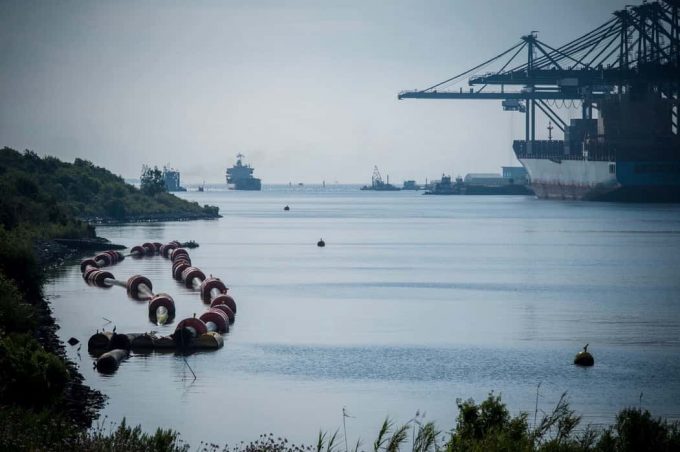Carriers unveil Panama Canal transit surcharges for new year
Two major carriers have announced new Panama Canal surcharges on Asia-US east coast transits in ...

Forwarders, shippers and the management at Houston are hoping for a speedy decision on dredging to improve access to the port.
Container growth is hamstrung after the governor of Texas signed legislation that limits operations of large container vessels in the Houston Ship Channel, a 52-mile ...

Comment on this article